Citrus gall wasp in Western Australia Department of Agriculture and Food

Citrus gall wasp in Western Australia Department of Agriculture and Food
Appears in: spring to summer Type: insect ( wasp ) - Spread: worldwide - Infects: shoots, leaves, buds Size: 1/16th of an inch (2 mm) → 1/3 rd of an inch (8 mm), depending on species Generations per year - variable, up to a half-dozen
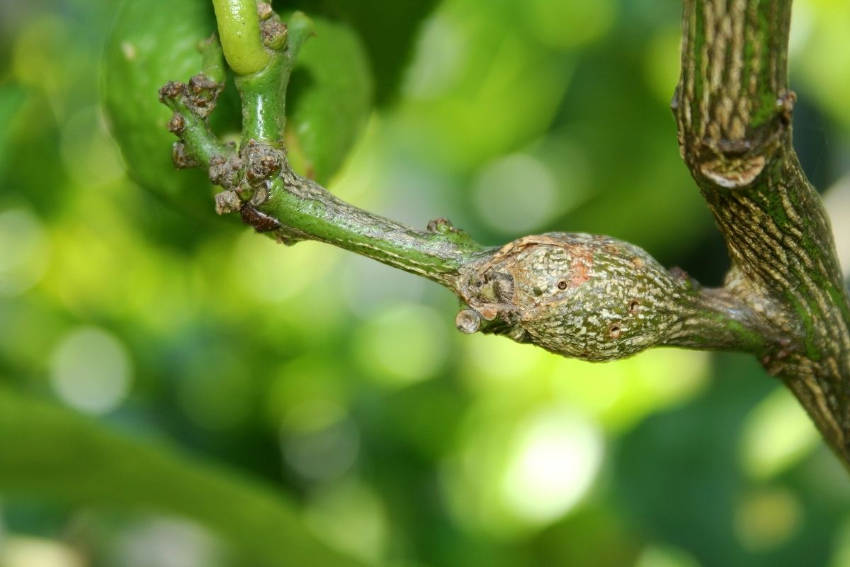
Citrus Gall Wasp Prevention and Control The Seed Collection
Top: Citrus gall wasp (left) and its parasitic wasps (middle and right) (Photos by Jiahnua Mo, New South Wales Department of Primary Industries) Bottom: Lucerne seed wasp (left) and its parasitic wasps (middle and right) (Photos by Paul Langlois, Museum Collections: Hymenoptera, U.S. Department of Agriculture Animal and Plant Health Inspection Service Plant Protection and Quarantine program.

Citrus gall wasp in Western Australia Agriculture and Food
Figure 1. Citrus gall with exit holes in an urban Melbourne lemon tree. How to spot citrus gall wasp Citrus gall wasp produces characteristic woody galls which form around the developing larvae (Figure 1). These galls start to become visible in April and are easy to see by June.
Citrus gall wasp in Western Australia Department of Agriculture and Food
Description Adult CGW are small (2.5 mm), shiny and black while larvae are small (2 mm), white and stocky without legs. Adult CGW emerge from within galls in late spring or early summer. Timing of emergence is largely determined by temperature; in warmer springs emergence of CGW is earlier than cooler springs.

Lumpy bits Citrus Gall Wasp Suburban Tomato
Citrus gall wasp ( Bruchophagus fellis) is an Australian native insect from northern NSW and Queensland and is now established in most Perth suburbs. Citrus gall wasp affects all citrus species, particularly lemons and grapefruit, and will be an ongoing pest to manage for Perth gardeners, like other common pests.

Citrus Gall Wasp Fruit Salad Trees
And while the damage to citrus trees often isn't fatal, fruiting can be reduced, growth stunted, and the trees' appearance can be degraded by the unsightly galls the wasps create on the stems. Recognising the Citrus Gall Wasp. The citrus gall wasp goes by the botanical name Bruchophagus fellis and is a tiny creature just 2-3mm long. However.

Citrus gall wasp in Western Australia Department of Agriculture and Food
Find Citrus Gall Wasp stock images in HD and millions of other royalty-free stock photos, illustrations and vectors in the Shutterstock collection. Thousands of new, high-quality pictures added every day.

Citrus gall wasp PIRSA
Descri tion D General appearance The adult citrus gall wasp is small, shiny-black and 2.5 mm long. Larvae are 2 mm long, thickset, white and have no legs. Distinguishing features This is the only wasp that directly attacks citrus. The woody galls it forms are quite distinctive (see plate 17.2).
Citrus gall wasp Project Noah
Although citrus gall wasp does not kill citrus trees the damage it causes is unsightly, and repeated attacks can weaken trees and make them unproductive. To control this pest, remove all galls from the trees by the end of August. Place the galls in a plastic bag, then seal the bag and put it in the garbage. After removing the galls, it is a.
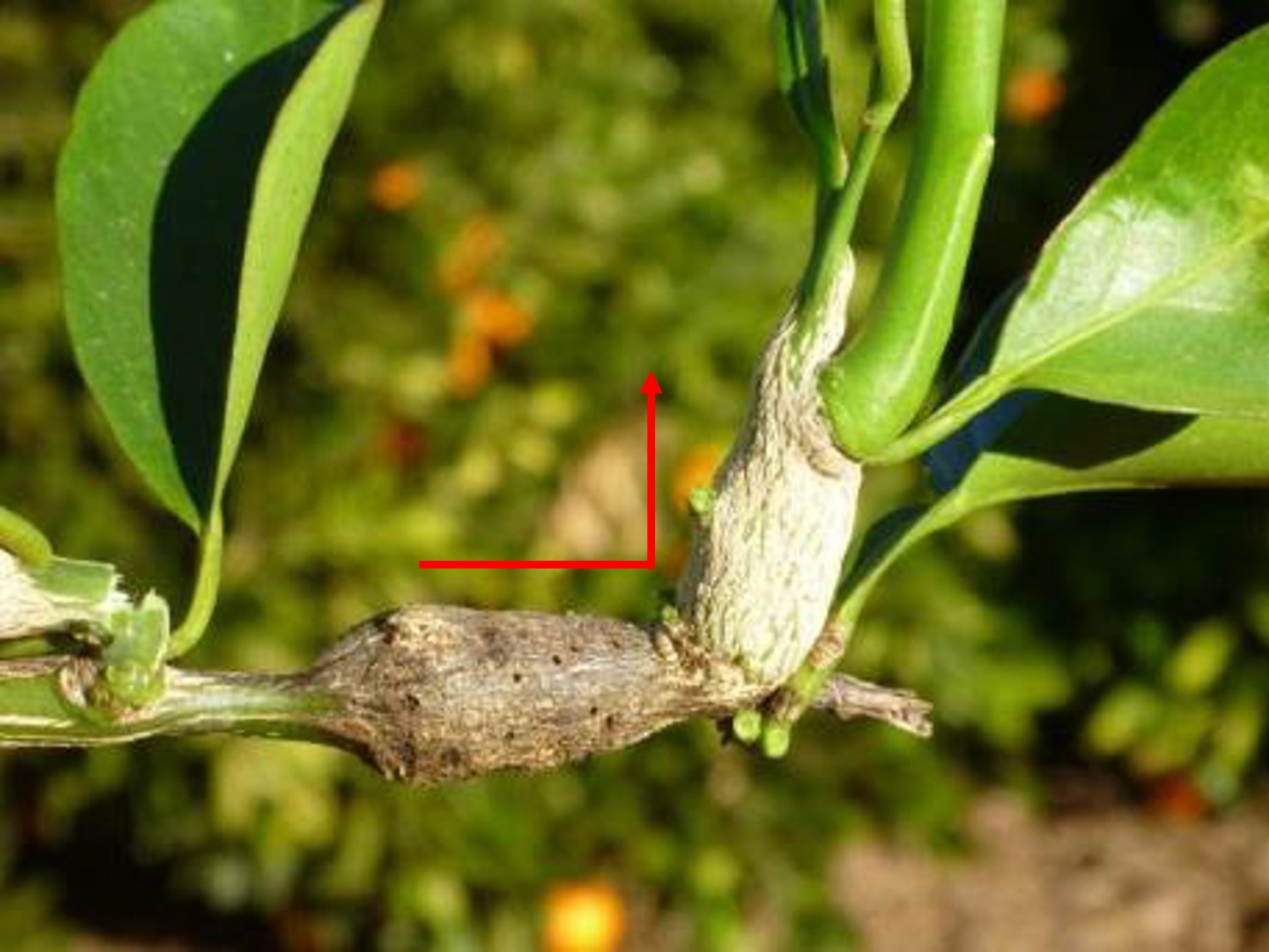
Citrus gall wasp in Southern Australia
Gall wasps, also traditionally called gallflies, are hymenopterans of the family Cynipidae in the wasp superfamily Cynipoidea. Their common name comes from the galls they induce on plants for larval development.

How to control citrus gall wasp Bunnings community
A 'gall' is formed when the female wasp lays her eggs in a branch of the tree, in which the young wasps develop. It will not actually kill the tree but it will weaken it, effecting the growth and productivity. The host tree for this wasp is the native finger lime but it will lay eggs in other citrus trees.
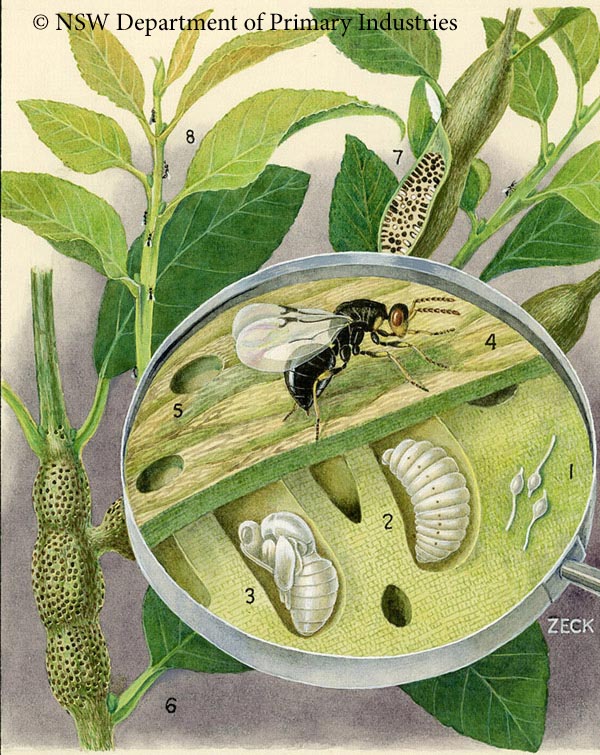
Illustration of Citrus gall wasp NSW Department of Primary Industries
Watch Jane shares a new technique for tackling citrus gall wasp once and for all SERIES 31 | Episode 20 In most parts of Australia, if you've grown citrus, you're more than likely to have come across swollen galls on your grapefruit, lemon, lime or orange.

Citrus gall wasp in Western Australia Department of Agriculture and Food
What are they? Many of our more persistent garden pests are not native to Australia but citrus gall wasp is definitely an Aussie grown garden variety pest. Originally, this native wasp was limited to Queensland and northern New South Wales and its preferred host was native finger limes.
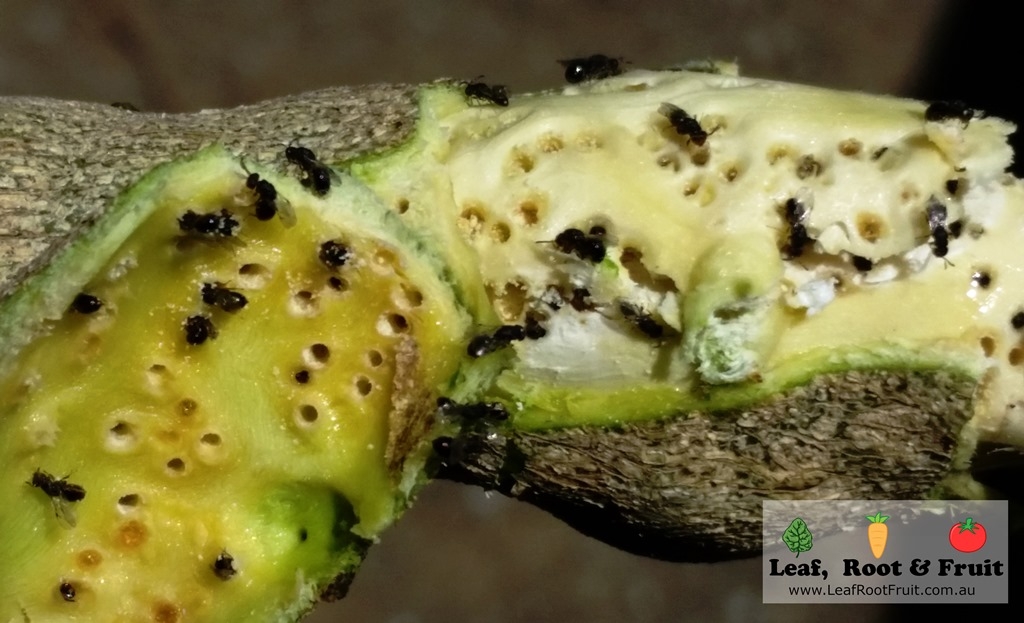
Treating Citrus Gall Wasp in Melbourne An alternative approach to “Prune in June” Leaf, Root
Citrus gall wasp Citrus scale Mealybugs Rats (rodents) Snails and slugs 11 common lemon tree pests Here are the most common pests on lemon trees: 1. Aphids Aphids are small insects that can cause damage to your lemon trees. Aphids attach themselves to leaves, twigs, and other soft tissues where they suck sap from the plant's phloem.
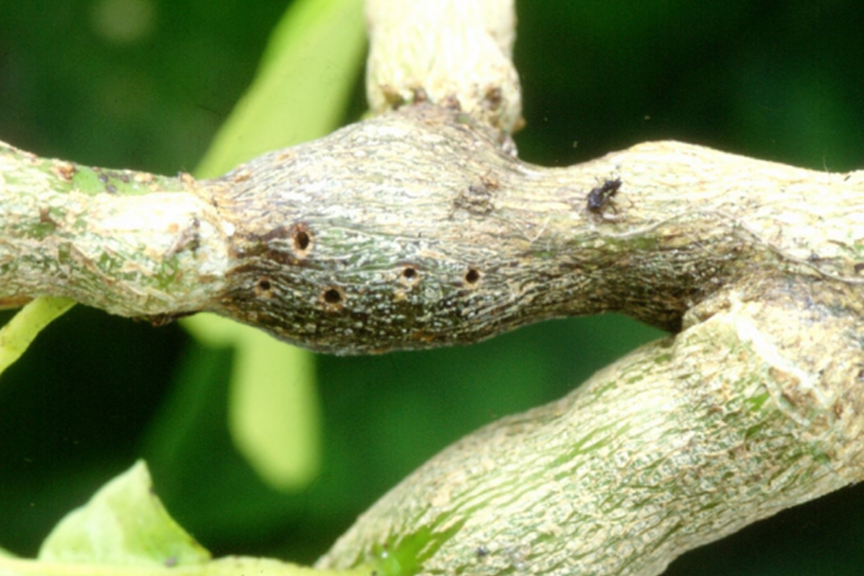
How to Get Rid of Citrus Gall Wasp in Your Garden Yates Australia
Life cycle. Citrus gall wasp (CGW) has one generation a year (4 larval stages, a pupal stage and an adult stage; Figure 3). Adults lay eggs under the bark of new season citrus shoots. Most eggs are laid within the first 3 days of wasp emergence. Larvae hatch within 14-28 days and feed inside individually constructed cells.
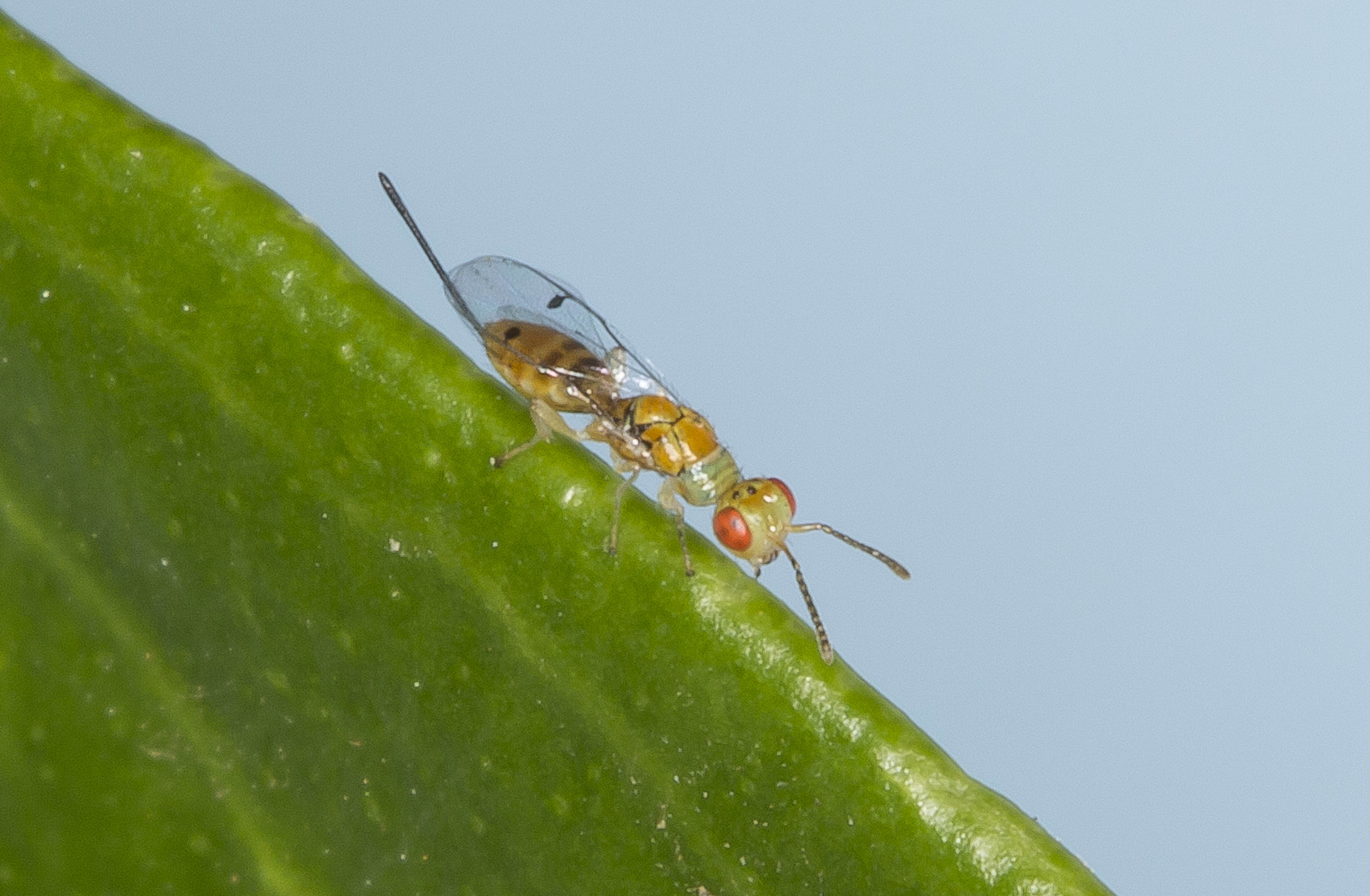
Citrus gall wasp in Southern Australia
Citrus Gall Wasps are native insects that cause large grotesque woody galls to form on Citrus plants. The galls form in response to Citrus Gall Wasp larvae feeding inside the soft new growth of Citrus plants. Citrus Gall Wasp adults are shiny brown-black wasps about 2.5 mm long. Citrus Gall Wasp larvae are white legless grubs about 3 mm long.